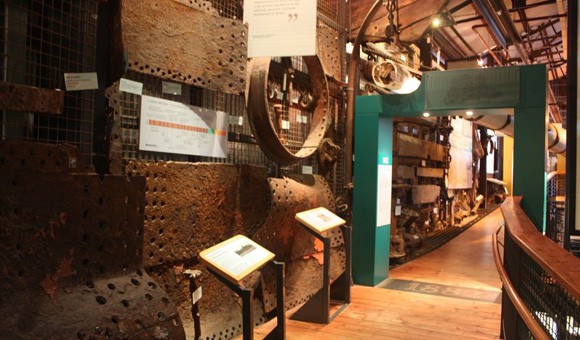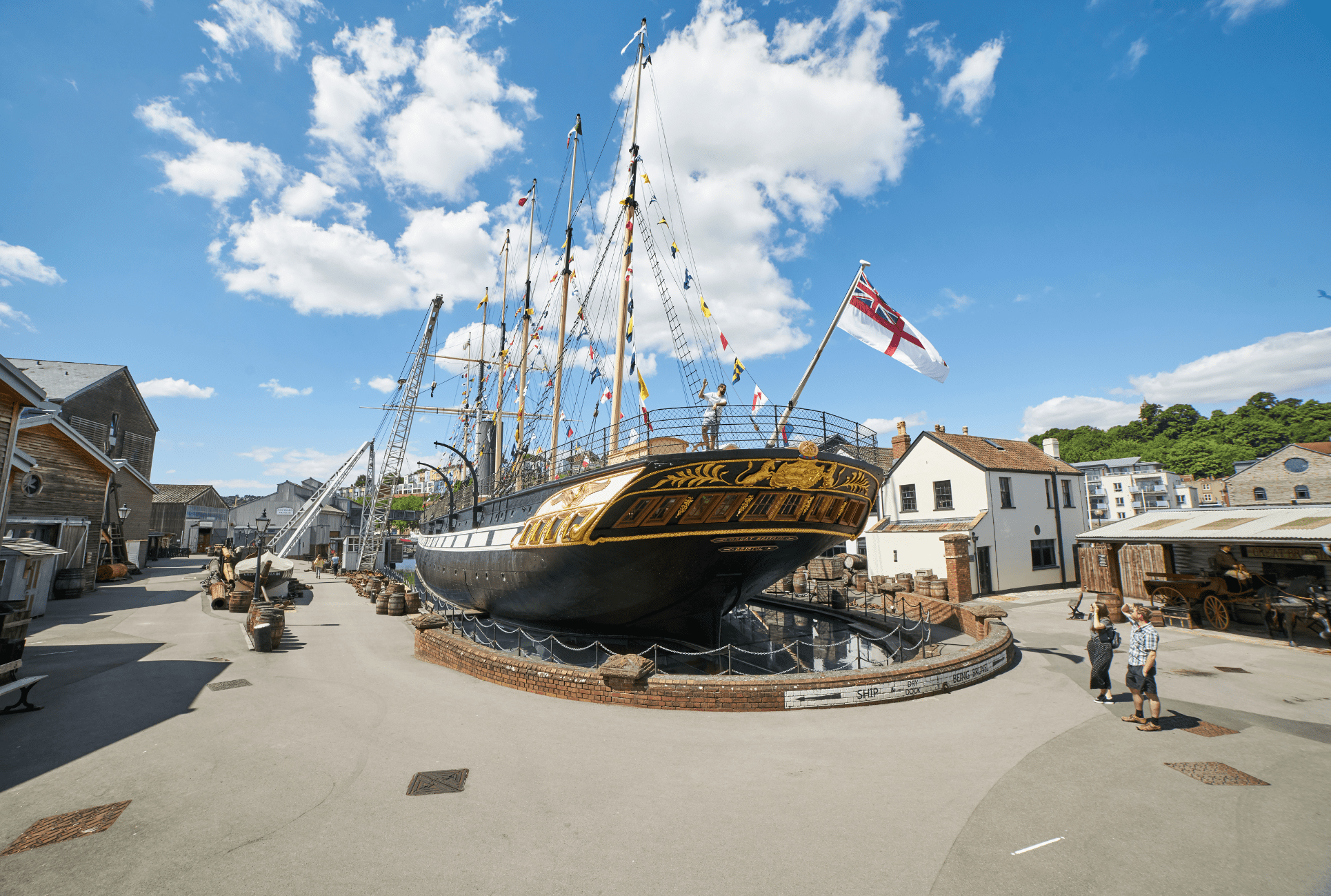Home to hundreds of original objects, the Dockyard Museum displays salvaged artefacts, which have circled the world over thirty-two times and accumulated over one million sea miles. Pieces like rivets and bolts holding together large iron plates, stanchions acting as railing to prevent passengers falling off-ship, and scuppers, which filtered rainwater off the deck in stormy seas.
Some of these objects are on open display without barriers or cases between them and visitors, who can get up close and personal with these rescued treasures of the ship’s structure. We want to provide high levels of accessibility, whilst following the best possible standards of museum practice – particularly, caring for our collections for future generations.
So how can we do that? Keen readers of the blog post ‘Unboxing Brunel’ will remember our audit of the University of Bristol’s Brunel Collection, and how it was performed using our Collections Management System.
Auditing is important, especially with fragile and historically worn objects. Therefore, from the late months of spring to the start of summer 2019 we conducted an audit of the Dockyard Museum’s displays. Between staff and volunteers, we spent an estimated 25 hours confirming that over 500 objects were stored in their correct locations and were in a stable enough condition for continued display. We also produced over 50 new object labels, providing simple identification of these objects for both staff and visitors.
Not every object was easy to recognise, however, especially for those of us who have never sailed on a ship before! Navigating between ship pieces such as a deck derrick, deadeye, fairlead, block cheek, or a snatch block, caused quite some confusion… but with the help of our Maritime Curator, Joanna Mathers, we were able to identify everything with ease, and learn about many new pieces of maritime craft along the way!
In rare cases, some objects had vanished from their usual locations without a trace – One suspect, a cast-iron cannon ball that had most likely rolled out of sight, led to many hours of hunting. Thankfully, it had simply been carefully moved to a racking unit to prevent further rolling exploits!
With the audit completed, we were able to recognise where improvements could be made in object identification, such as updated photographs on our Collections Management Database, refreshed location checks for each object, and replacing and creating new labels for objects, to maintain the highest standards of museum practice.
Author: Tyler Mills, Museums Assistant




